I know I write about nostalgia a fair amount. I mean, it makes sense when the pieces themselves are about comics that I, and the community, consider classics. Historical record and recommendations are certainly part of it, but there’s also a joy in nostalgic re-reading. There’s a comfort in nostalgia. Reminiscing about favourite stories and creators. Of the techniques that were used. Or even about the time when I first read the books.
Sometimes that’s the key to the nostalgia. Thinking of simpler times. Often of books read during childhood. Even though the times themselves weren’t necessarily simpler, just thought so because those times occurred during a period where we were less aware of things around us and had less responsibility being children.
In comics, we often get a kind of second-hand nostalgia that comes from creators reminiscing on their own childhood favourites. Retelling them from a different perspective or bringing back a character or a status quo from their favourite period. Revisiting old stories.
“No one could take that much gamma radiation and live. Something’s going to happen. Something…bad.”
Hulk – Gray from Jeph Loeb, Tim Sale, Matt Hollingsworth, Richard Starkings and Comicraft’s Wes Abbott & John Roshell is an untold tale of Hulk’s early days when he was still grey. It’s set during that first issue of the brief six of the original Incredible Hulk series, tossing in a confrontation with Iron Man and the messy relationship status with Betty Ross and her father General Thunderbolt Ross.
The series was part of Loeb & Sale’s run of colour-coded tales that worked to tell elaborations on origin tales set early in the heroes’ careers, alongside Spider-Man: Blue; Daredevil: Yellow; and Captain America: White. It takes the form of Bruce Banner speaking to Doc Sampson as a psychiatrist, telling him about one of his earliest incidences after turning into the Hulk. So a story that reminisces about reminiscing. An endless cycle. Though it’s compelling how it works into revelations about Hulk’s almost childlike understanding, an Of Mice & Men approach to accidents, and what you could consider a possibly problematic casting of Betty’s relationship with abusive men.
As colour plays at least a tangential part in the genesis of the various series, I think Hulk: Gray might exemplify their use the most. Not just in referencing the early colour of the newly turned Hulk, or in the murkiness of the relationships, but in the visual presentation. The opening and closing segments of Bruce Banner confiding in Leonard Sampson about this period to set the framing narrative are black and white, with spot green colours. It’s an interesting and stark visual from Tim Sale and Matt Hollingsworth. Which then gets the various shades of grey, the ink and colour washes, and a limited colour scheme for what amounts to a flashback for the main story. I think it adds a further depth to this story above the others in this series of series.
Richard Starkings and Comicraft’s Wes Abbott (for the first chapter) and John Roshell (for the remaining five) provide a back and forth of coloured narration boxes for Loeb’s extensive dialogue between Banner and Sampson.
“Hulk only wants to be left alone.”
I think there’s an interesting symbolism in the colour used in Hulk – Gray by Loeb, Sale, Hollingsworth, Starkings, Abbott, and Roshell. We see the past often in terms of black and white. Simple. Easy to understand. Uncomplicated. But on a deeper reflection, more complications occur and there’s endless shades of grey. So too with nostalgia. Things are rarely as simple as we remember them, but we can still find comfort and understanding when we reflect on our monsters.
Classic Comic Compendium: Hulk – Gray
Hulk – Gray
Writer: Jeph Loeb
Artist: Tim Sale
Colourist: Matt Hollingsworth
Letterers: Richard Starkings and Comicraft’s Wes Abbott & John Roshell
Publisher: Marvel Comics
Release Date: October 15 2003 – February 25 2004 (original issues)
Read past entries in the Classic Comic Compendium!
Check out other recent review pieces from The Beat!


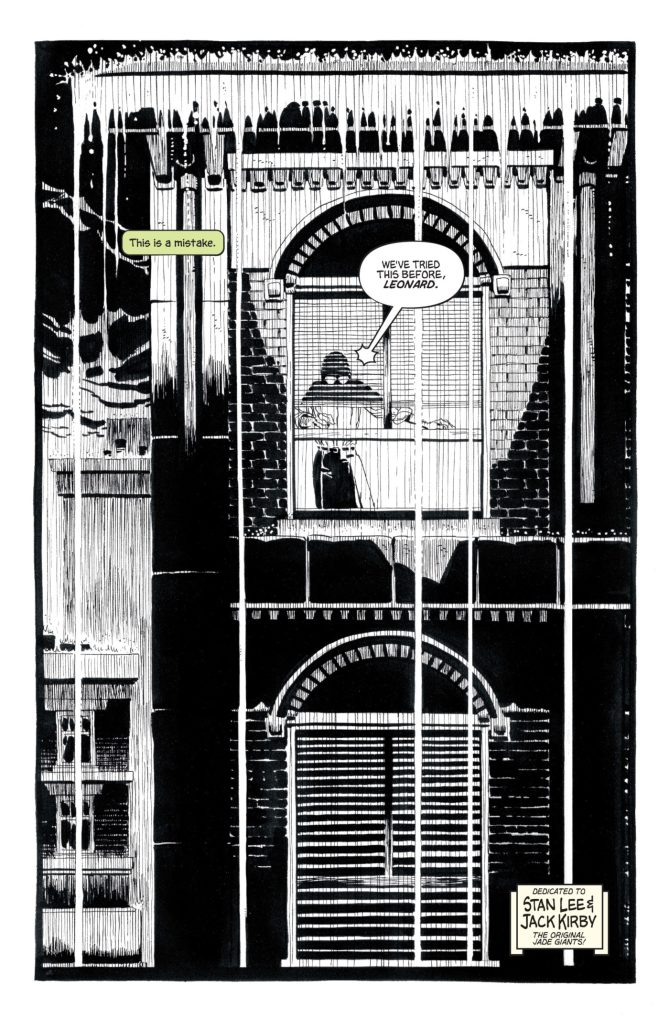
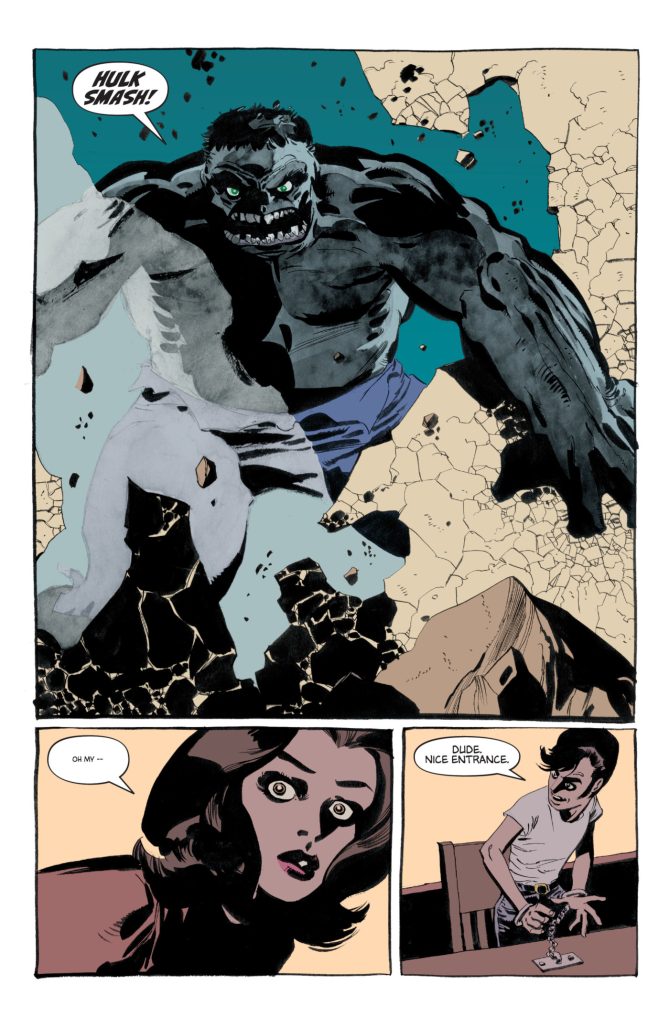











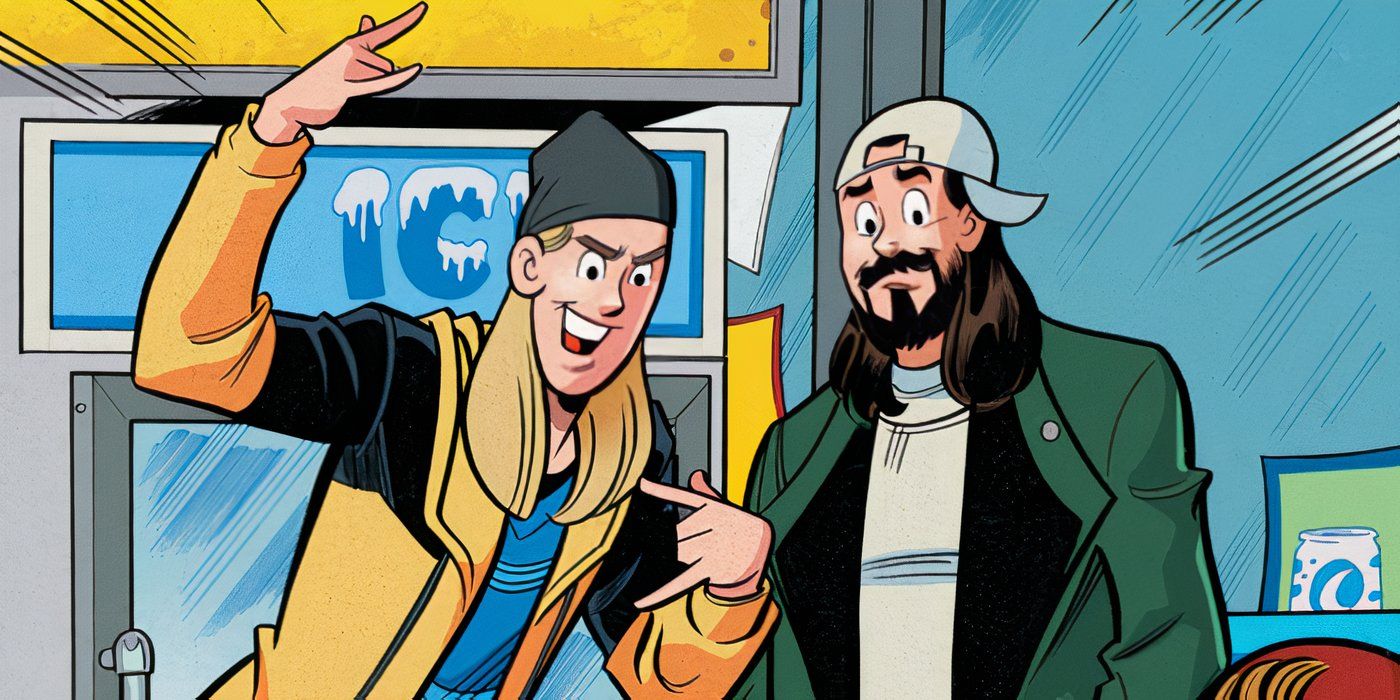
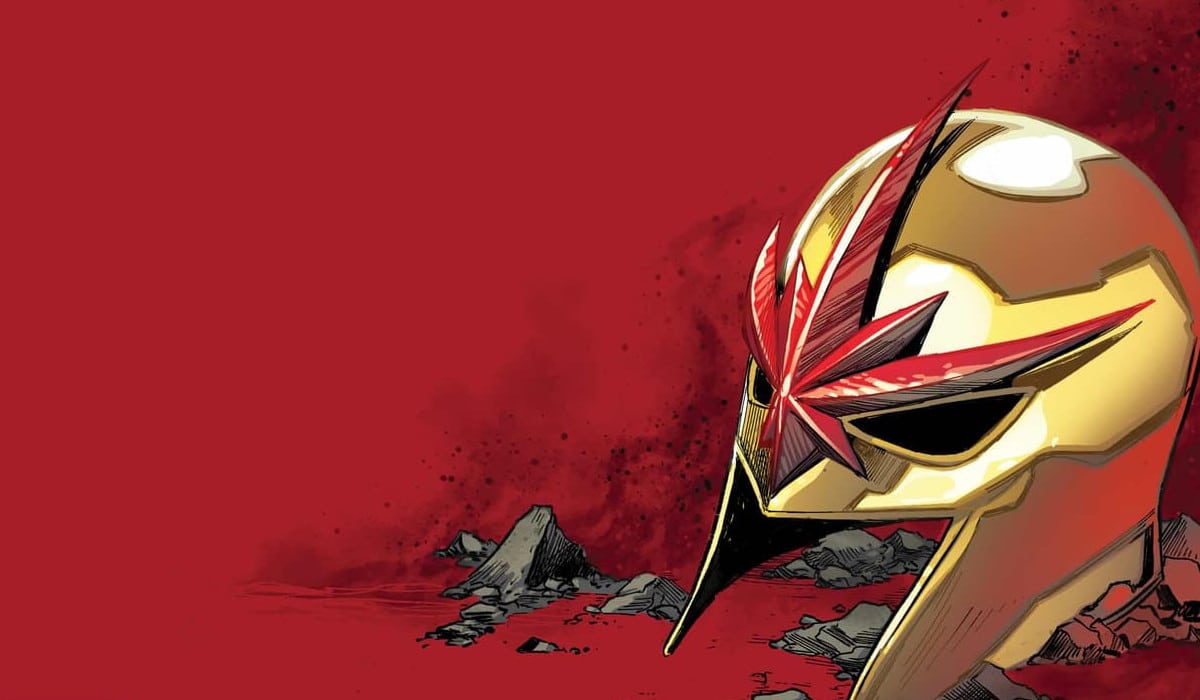

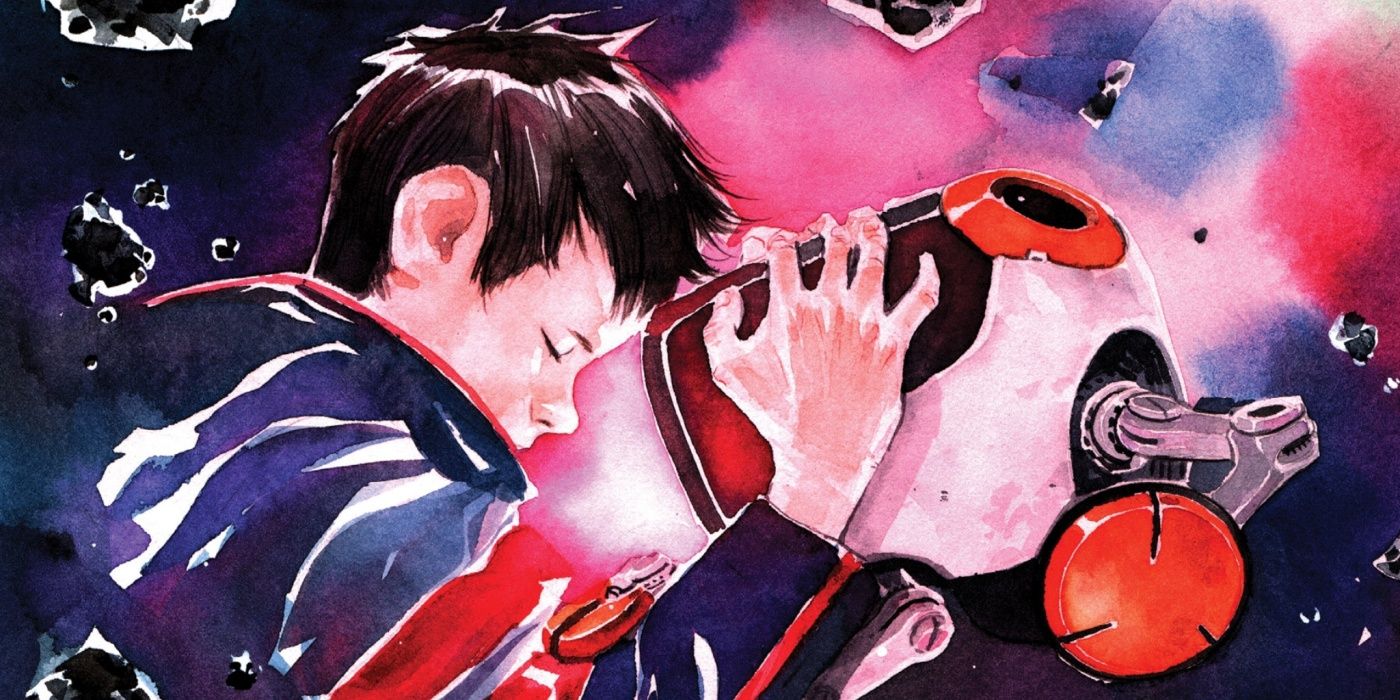
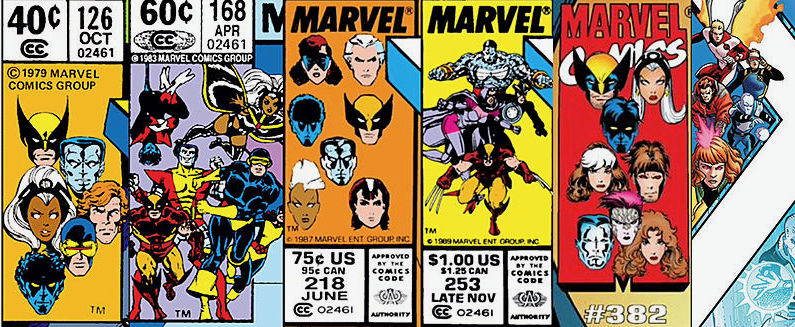



 English (US) ·
English (US) ·